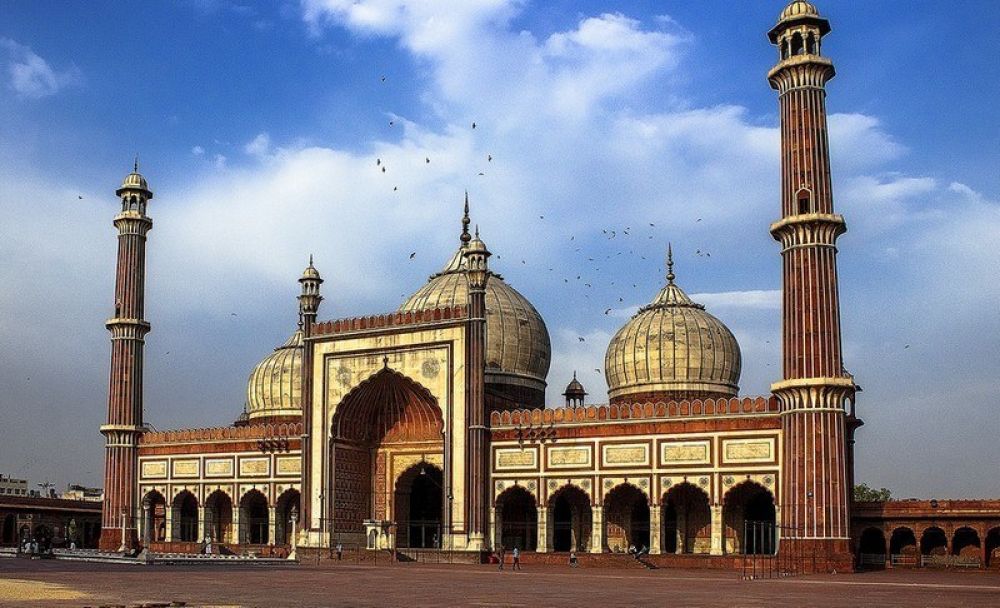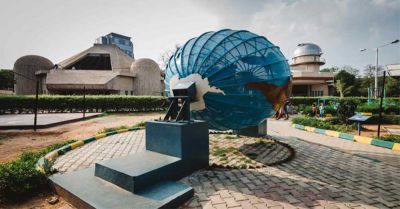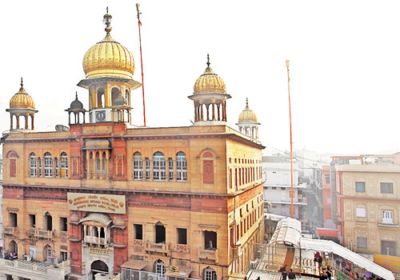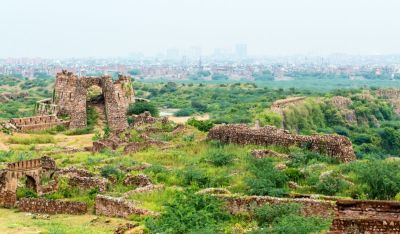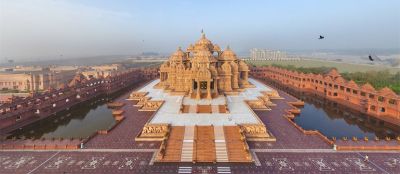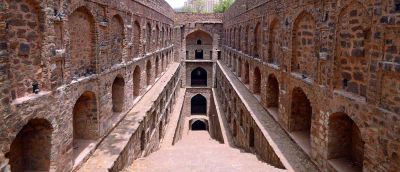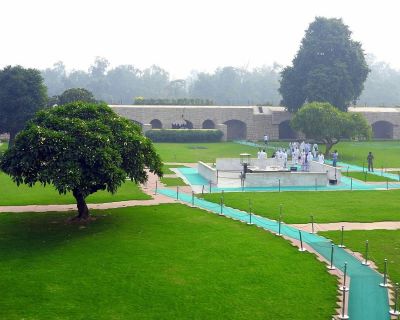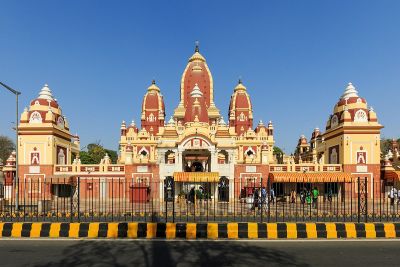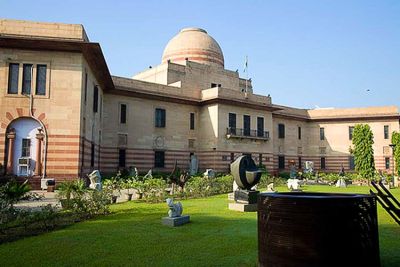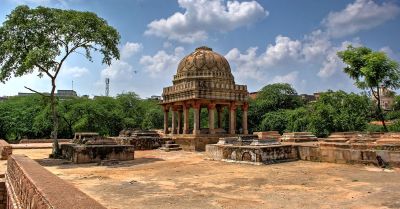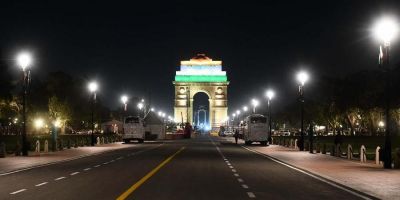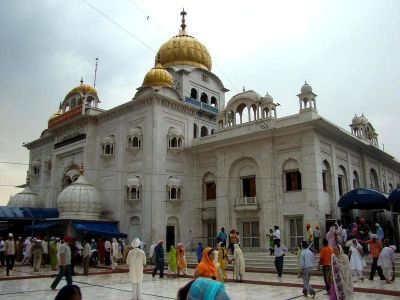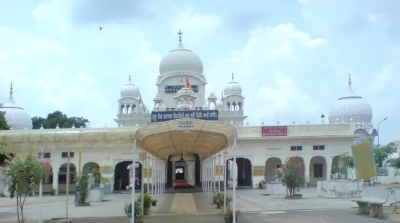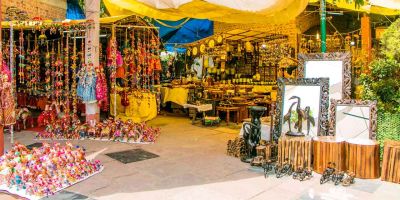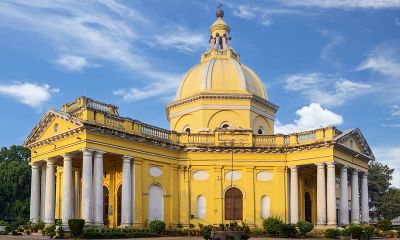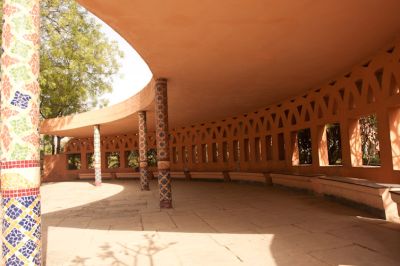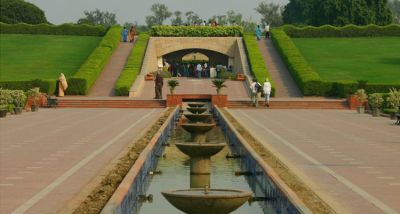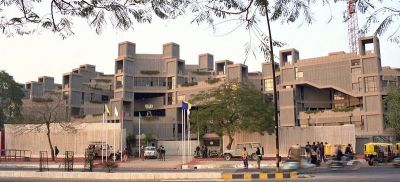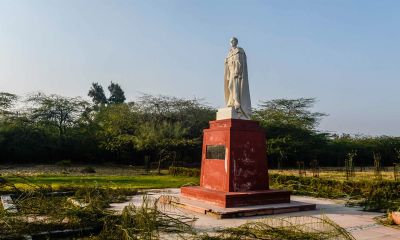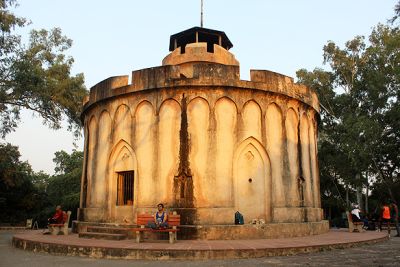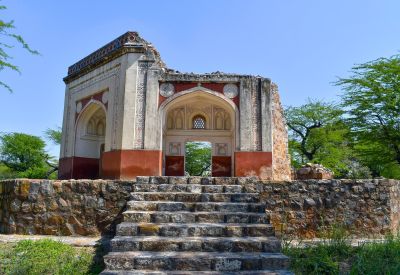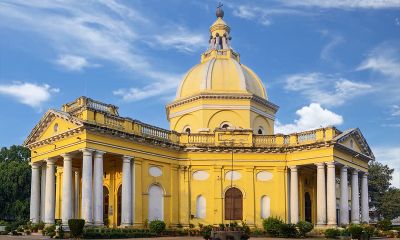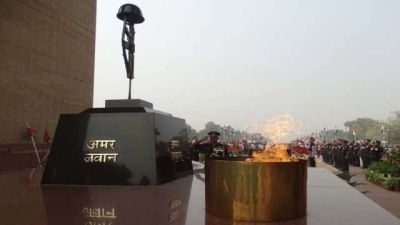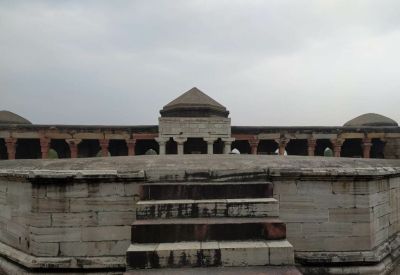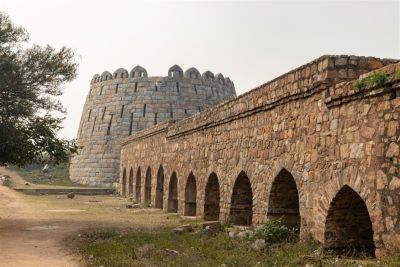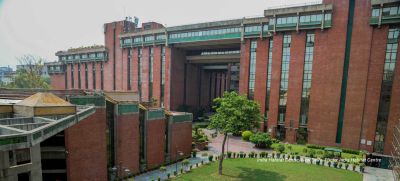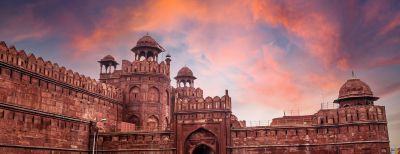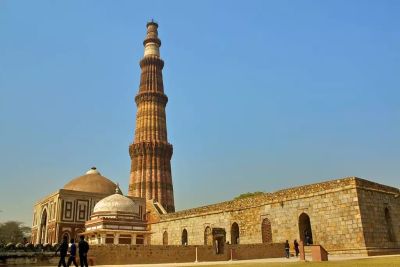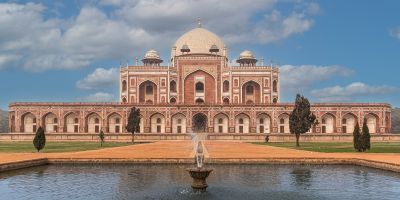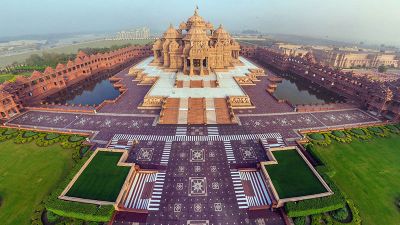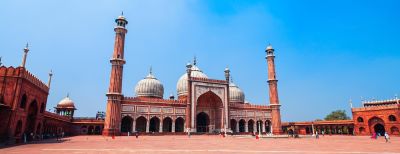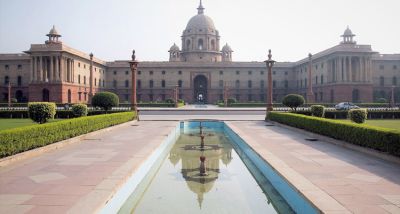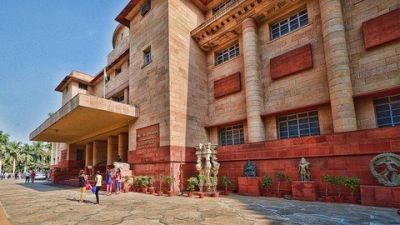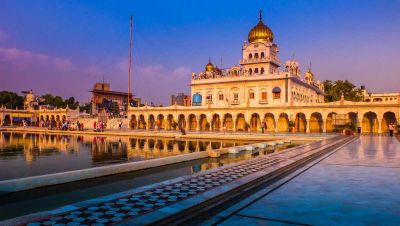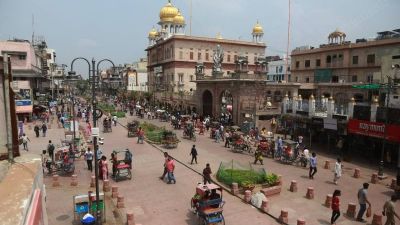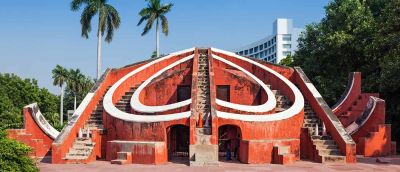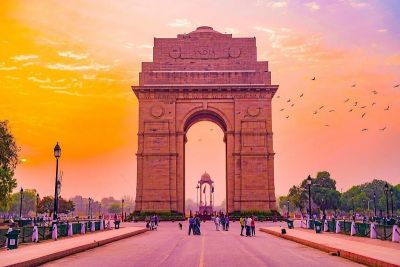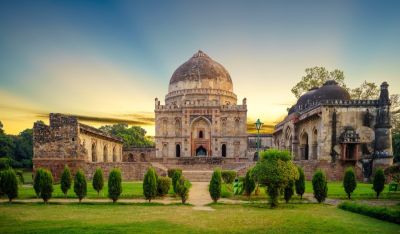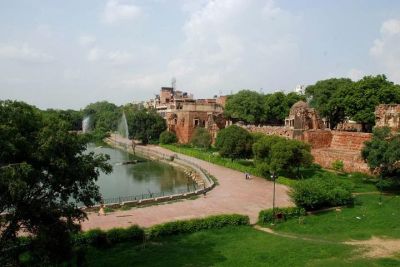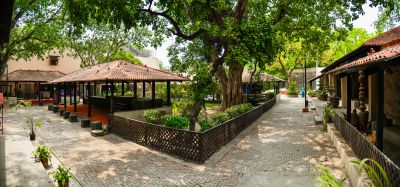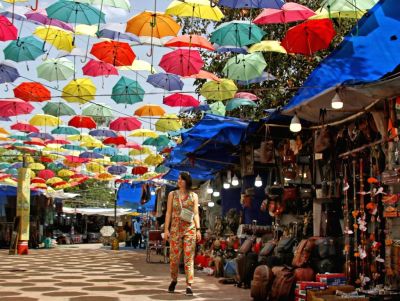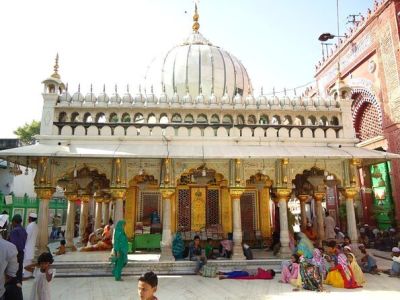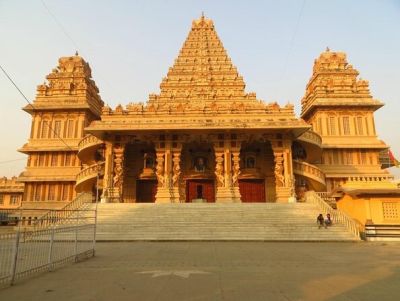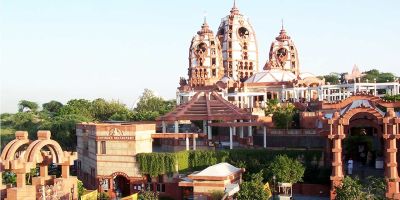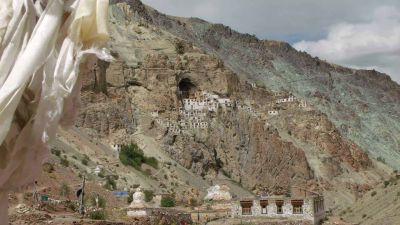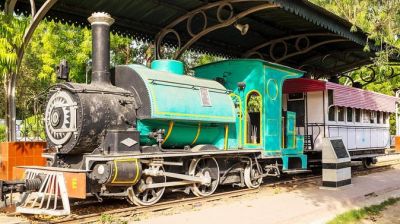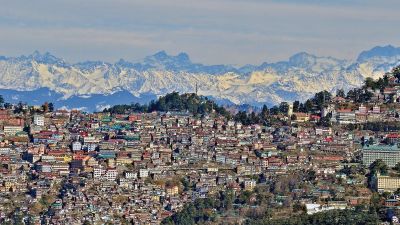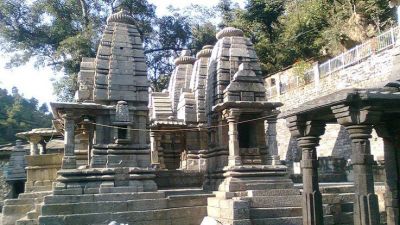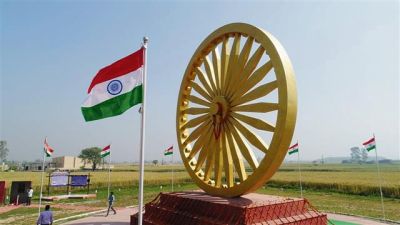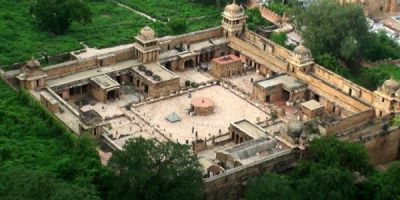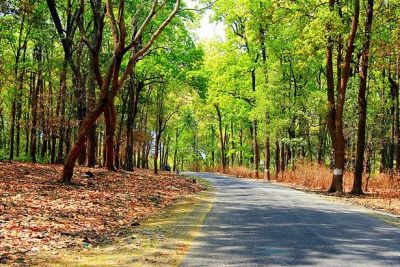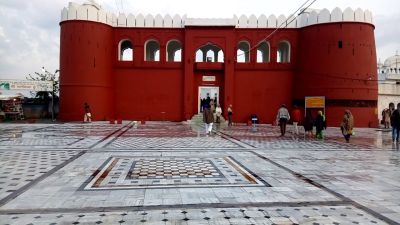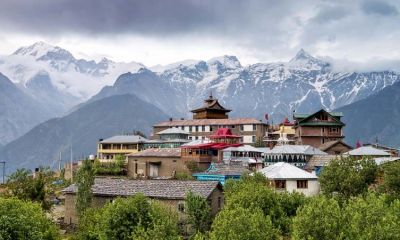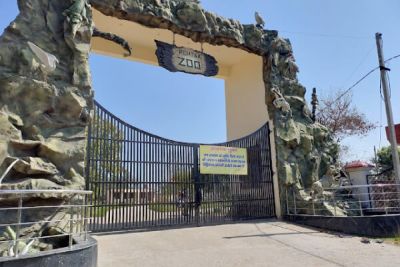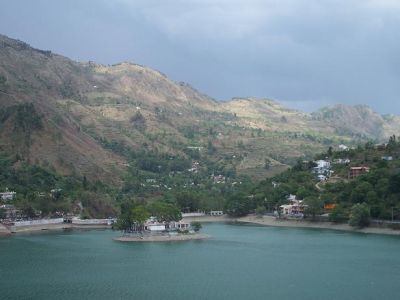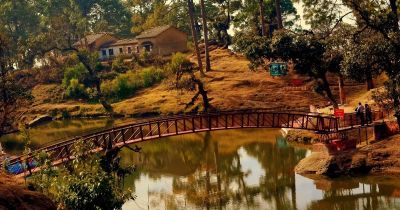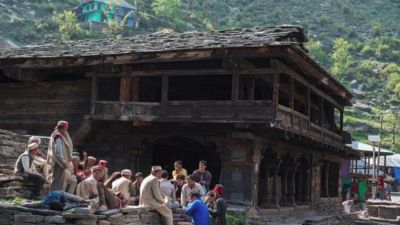Jama Masjid Gateways, Delhi, India: A Tourism Insight
Historical Significance
The Jama Masjid of Delhi is one of the largest and most well-known mosques in India. Built by the Mughal Emperor Shah Jahan—also famous for constructing the Taj Mahal—between 1644 and 1656, this mosque has been a focal point of Islamic culture and heritage in India for over three and a half centuries. The mosque features two grand gateways, three large domes, and two towering minarets constructed with strips of red sandstone and white marble. Tourists enter through one of the three spectacular gateways.
Tourism at Jama Masjid
Tourism has thrived around Jama Masjid for multiple reasons. As an architectural marvel, it attracts aficionados of historical buildings and Mughal art. The mosque's religious significance draws pilgrims and those interested in cultural immersion. Additionally, its location in old Delhi ensures that it is part of almost every historical tour itinerary in the city.
Tourist Experience
A visit to the Jama Masjid typically involves admiring the intricate calligraphic inscriptions, climbing the southern tower for a panoramic view of Delhi, participating in prayer (if visiting during prayer times), and sampling authentic Mughal cuisine in the nearby bustling by-lanes. The three gateways, which are the entry points for visitors, are often thrumming with tourists and photographers trying to capture the essence of this historical site.
Connectivity and Access
The mosque is well-connected by Delhi's public transport network. Its proximity to the Delhi Metro makes it accessible to both domestic and international tourists. Public buses and auto-rickshaws also frequently ply to the historic site, easing the way for visitors.
Latest Trends in Tourism at Jama Masjid
In recent years, there has been an emphasis on sustainable tourism. Efforts are being made to preserve the monument through efforts by governmental bodies, heritage activists, and at times even the local businesses. Tourists are increasingly being educated on the importance of respecting the sacredness of the site and maintaining cleanliness.
Moreover, experiences such as heritage walks, cultural performances, and light-and-sound shows have also garnered popularity, offering tourists a multi-dimensional experience of this historic site. Combining education with entertainment, these trends provide a deeper understanding of the mosque's role in the socio-cultural fabric of Delhi across the ages.
Preservation and Challenges
The mosque, along with its gateways, has faced issues like weathering and pollution damage. Preservation efforts have to strike a balance between welcoming tourists, which is vital for the local economy, and protecting the integrity of the mosque. The Archaeological Survey of India (ASI) and various other organizations are engaged in continuous efforts to restore and maintain the grandeur of Jama Masjid.
